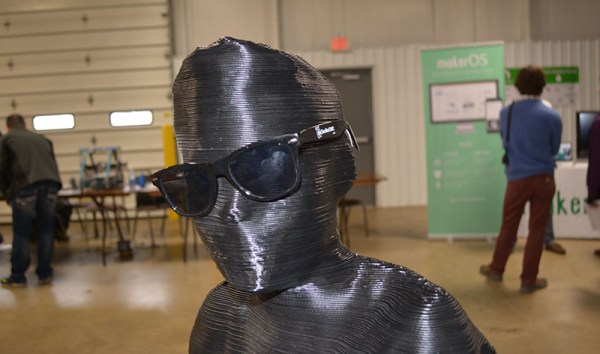Sometimes, awesomeness passes us by and we don’t notice it until a while later. This is from 2012, but it’s so friggin’ insane we just have to cover it even if it’s late. Yuri Suzuki is an installation artist who designed the Tube Map Radio and Denki Puzzles.
The Tube Map Radio is inspired by a diagram created by the original designer of the London Tube map, Harry Beck, which shows the lines and stations of the London Underground rail network as an annotated electrical circuit. Iconic landmarks on this map are represented by components relating to their functions, including a speaker where Speaker’s Corner sits, battery representing Battersea Power Station and Piccadilly Circus marked as Piccadilly Circuit. The work was commissioned by the Design Museum London, and the PCB layout was done by Masahiko Shindo (Shindo Denki Sekkei). The idea was to bring the electronics out of the “black box” and not just display it, but to have it laid out in a fashion that people could try to understand how it really works.
The other project called Denki Puzzles is equally remarkable. It’s a kit meant to teach electronics, using a set of snap-fit components. But instead of having all “bricks” or units of the same shape, the Denki Puzzles are a collection of printed circuit board pieces whose form indicate a particular function. Fit the pieces together as a sort of physical circuit diagram and you’ll be able to build working electronics. For example, the LED unit looks like a 8 pointed star, and the resistance unit looks like a resistance symbol. Check out some pictures and a video after the break
Photo’s Credit : Hitomi Kai Yoda.


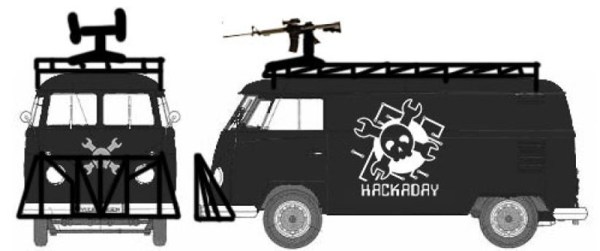

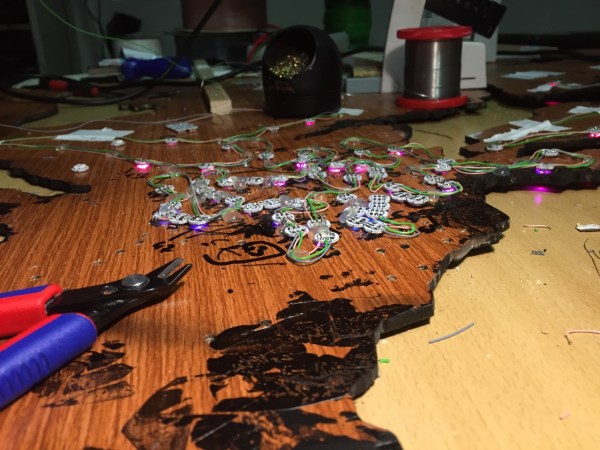

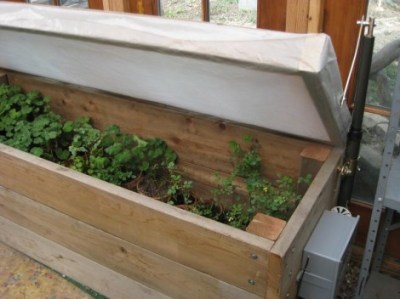 We see it all the time around here, people are building projects to monitor and control their own gardening projects.
We see it all the time around here, people are building projects to monitor and control their own gardening projects. 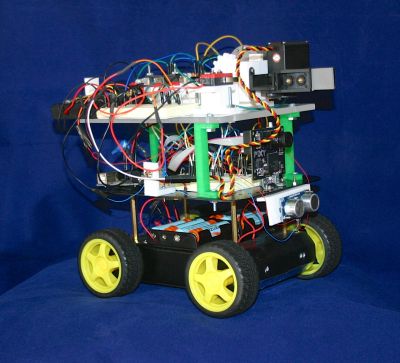 Perhaps robots are an answer to a different problem.
Perhaps robots are an answer to a different problem. 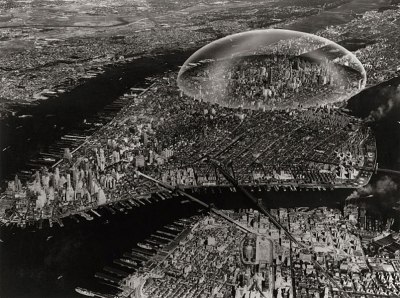 Stepping back onto the side-track of changes to industrial farming, let’s take a look at one of the way-out-there-ideas from last year. A huge amount of water usage is in food production. What if we turned entire farms into greenhouses in order to capture and reuse water that is normally lost into an all-to-dry atmosphere?
Stepping back onto the side-track of changes to industrial farming, let’s take a look at one of the way-out-there-ideas from last year. A huge amount of water usage is in food production. What if we turned entire farms into greenhouses in order to capture and reuse water that is normally lost into an all-to-dry atmosphere? 




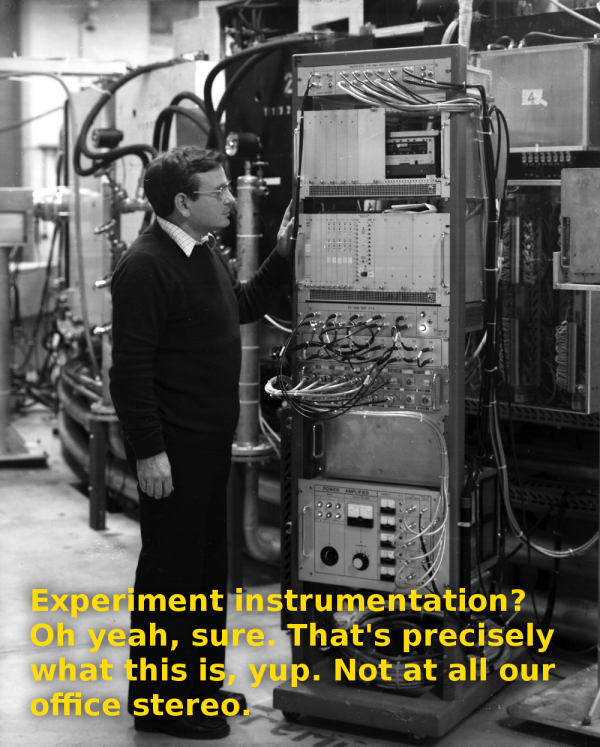
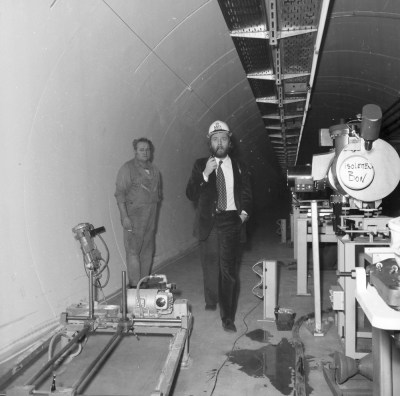 We’re not done searching out they mysteries of CERN’s history.
We’re not done searching out they mysteries of CERN’s history. 